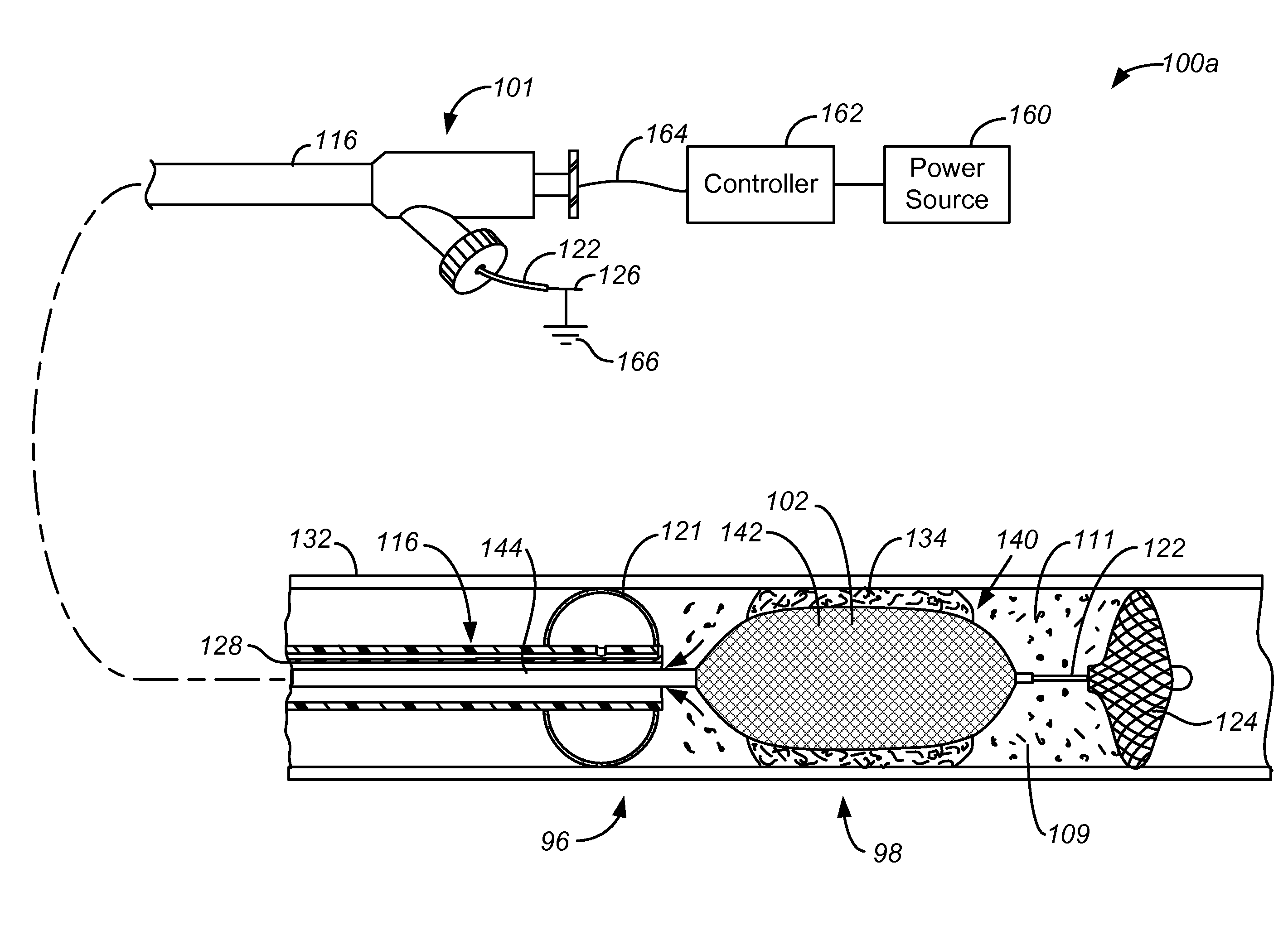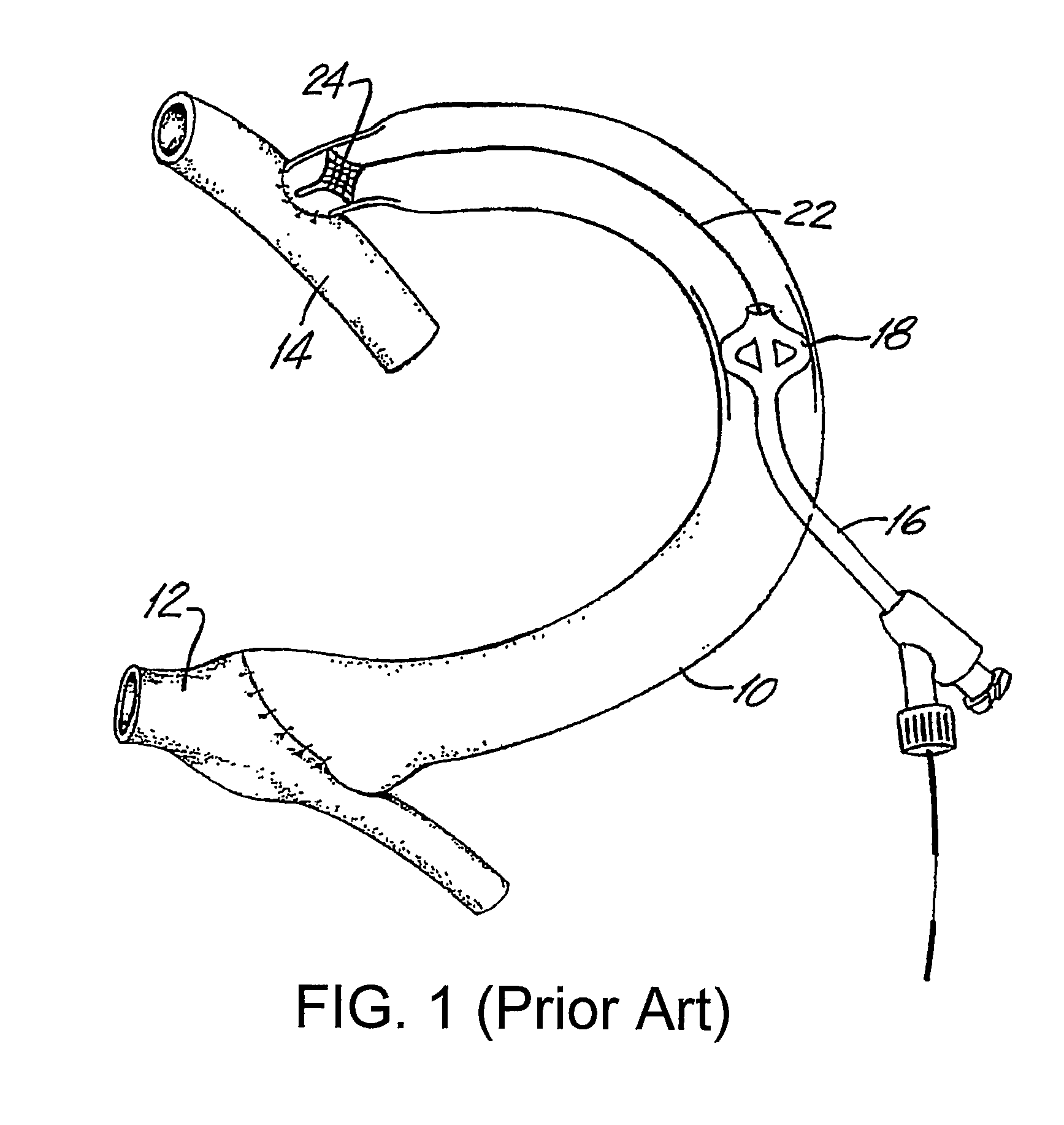Method for treating a target site in a vascular body channel
a target site and vascular body technology, applied in the field of vascular body channel target site treatment, can solve the problems of high cost of des, ineffective peripheral circulation, and prove fatal, and achieve the effects of preventing complications, good patient outcomes, and cost-effective treatmen
- Summary
- Abstract
- Description
- Claims
- Application Information
AI Technical Summary
Benefits of technology
Problems solved by technology
Method used
Image
Examples
Embodiment Construction
[0045]The following description will typically be with reference to specific structural embodiments and methods. It is to be understood that there is no intention to limit the invention to the specifically disclosed embodiments and methods but that the invention may be practiced using other features, elements, methods and embodiments. Preferred embodiments are described to illustrate the present invention, not to limit its scope, which is defined by the claims. Those of ordinary skill in the art will recognize a variety of equivalent variations on the description that follows. Like elements in various embodiments are commonly referred to with like reference numerals.
[0046]FIG. 1 shows a typical synthetic graft 10 used in hemodialysis. The graft extends between a vein 12 and an artery 14. The graft 10 may be about thirty centimeters long with an inner diameter (I.D.) of 6 or 7 millimeters. A catheter 16 is inserted through the wall of the graft or vessel. Typically the catheter might...
PUM
 Login to View More
Login to View More Abstract
Description
Claims
Application Information
 Login to View More
Login to View More - R&D
- Intellectual Property
- Life Sciences
- Materials
- Tech Scout
- Unparalleled Data Quality
- Higher Quality Content
- 60% Fewer Hallucinations
Browse by: Latest US Patents, China's latest patents, Technical Efficacy Thesaurus, Application Domain, Technology Topic, Popular Technical Reports.
© 2025 PatSnap. All rights reserved.Legal|Privacy policy|Modern Slavery Act Transparency Statement|Sitemap|About US| Contact US: help@patsnap.com



